We are,
Prickly Thistle
Prickly Thistle
As of 14th October 2022 we rebelled, and for now have an anti-social media platform policy. Let's connect in a real way, set yourself free from the scroll....
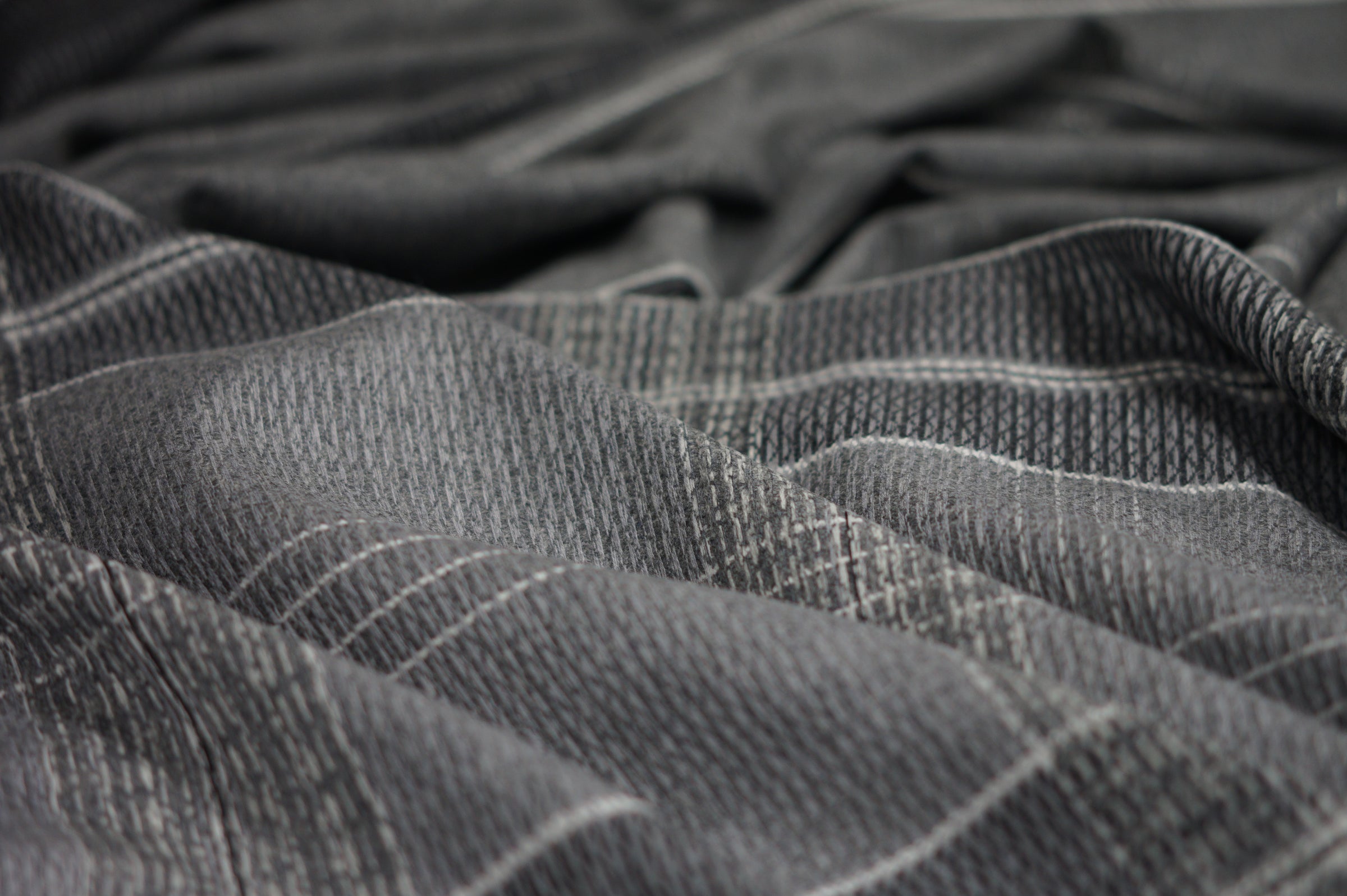
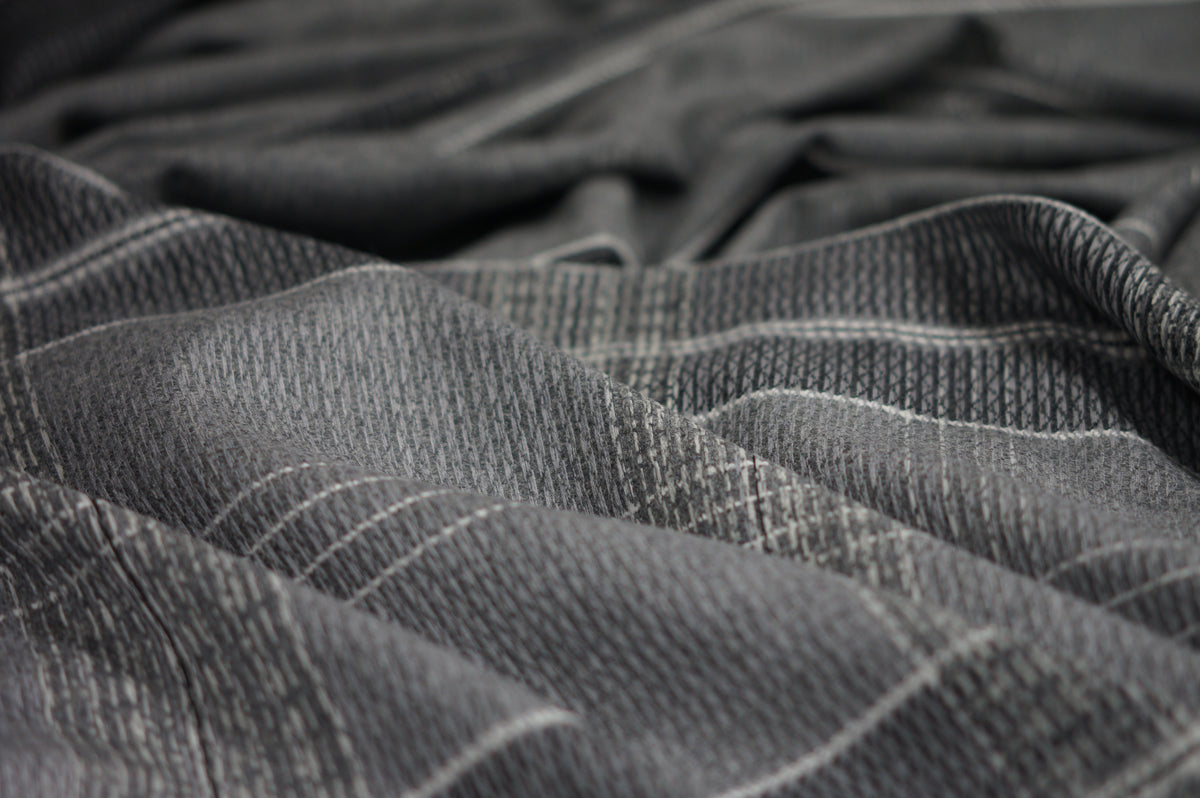
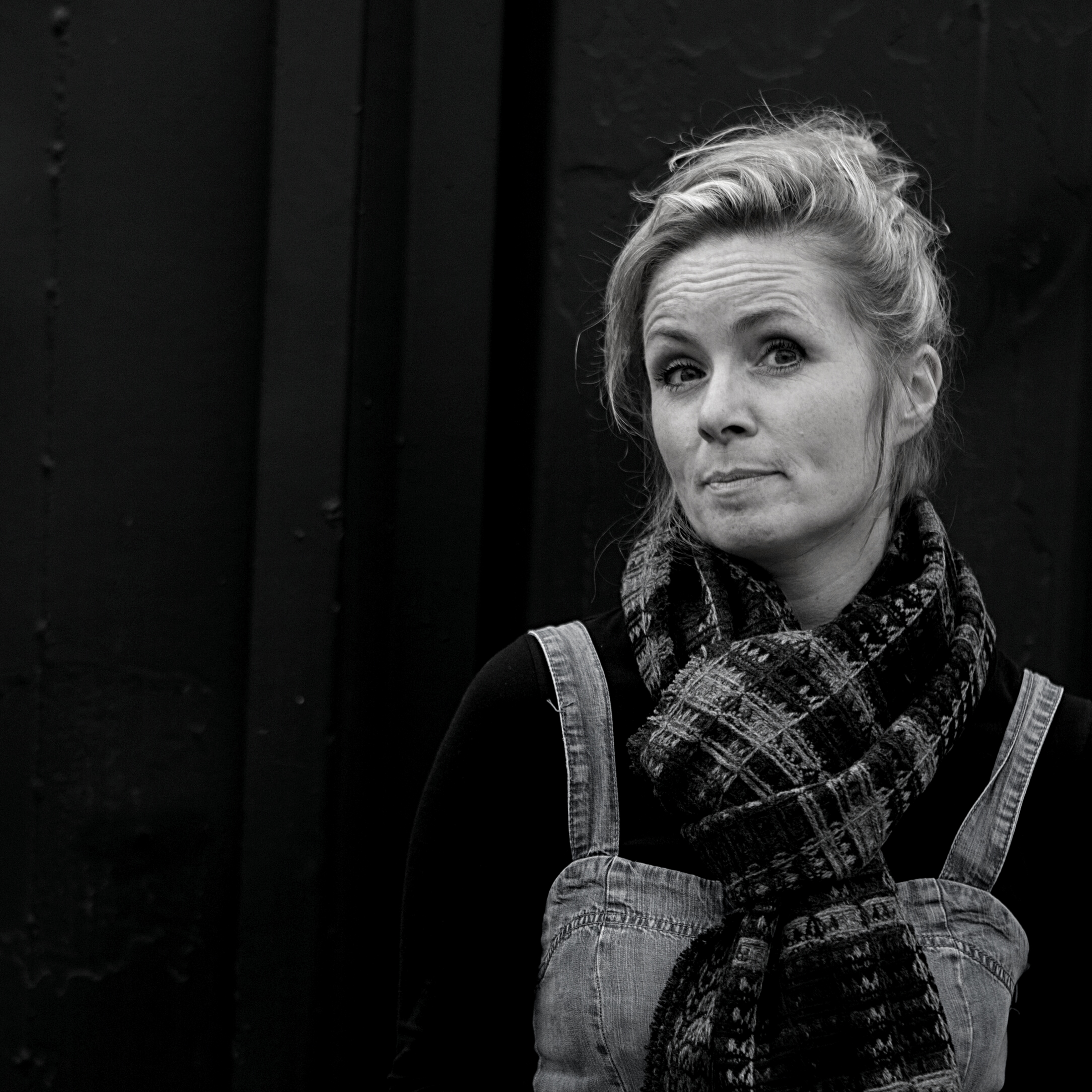
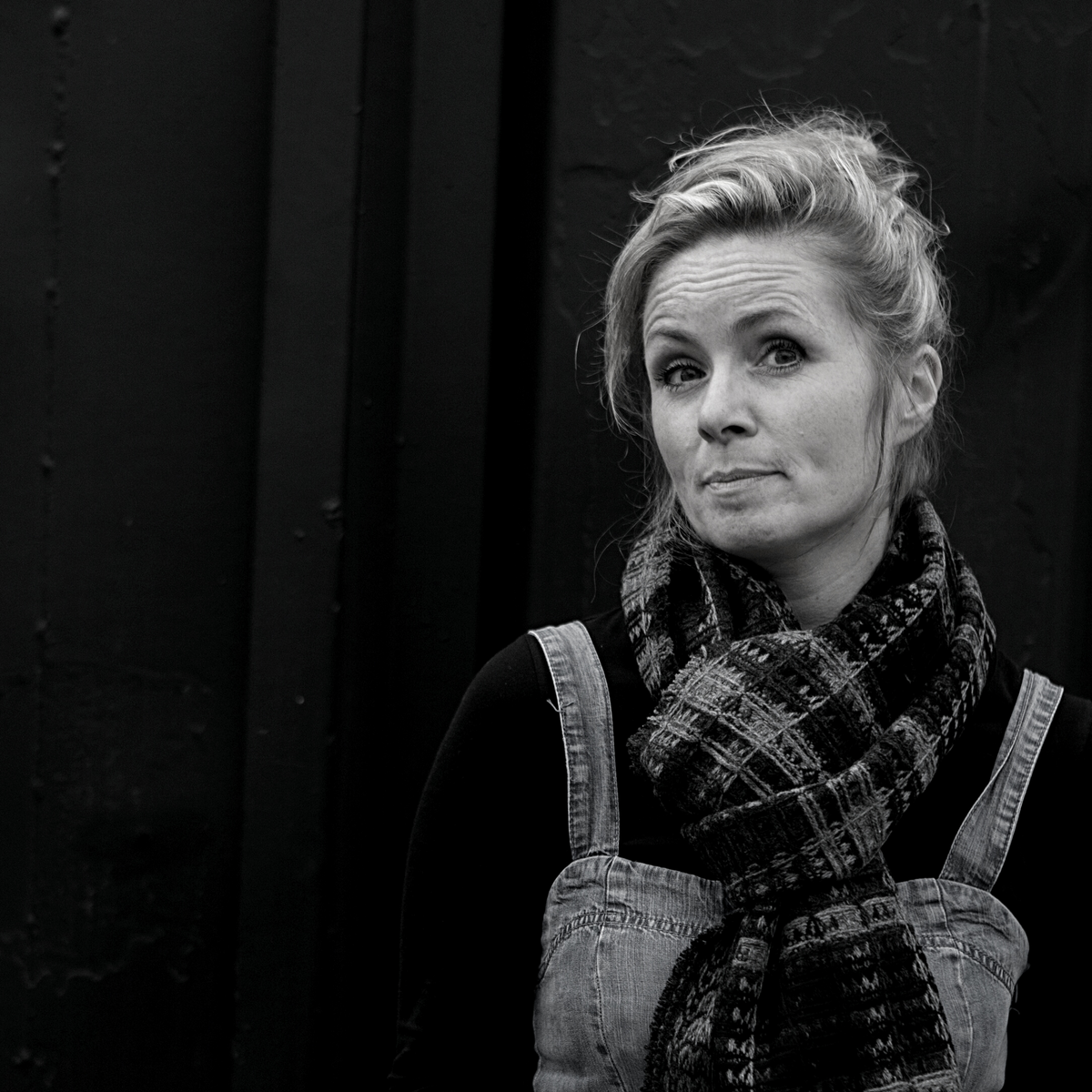
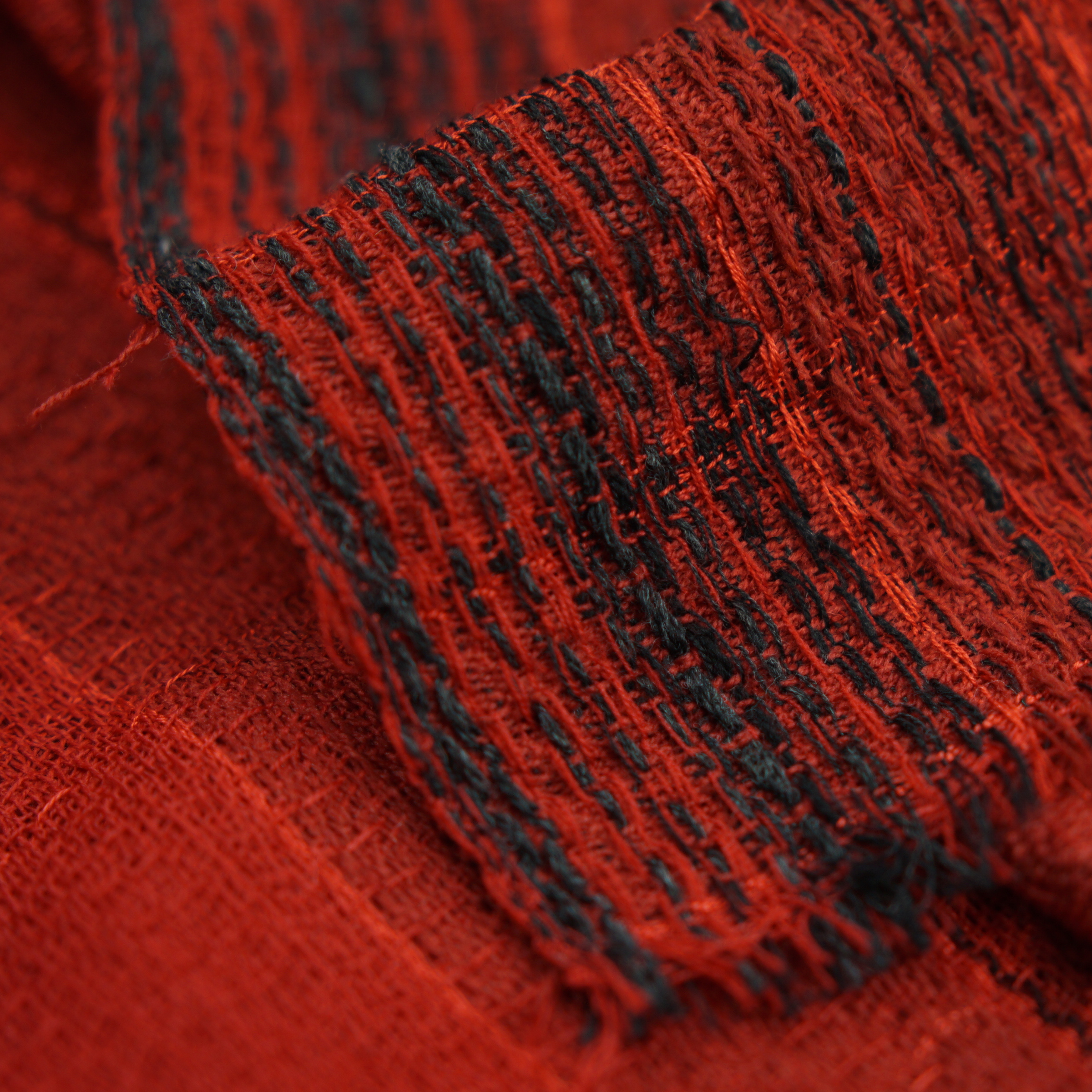

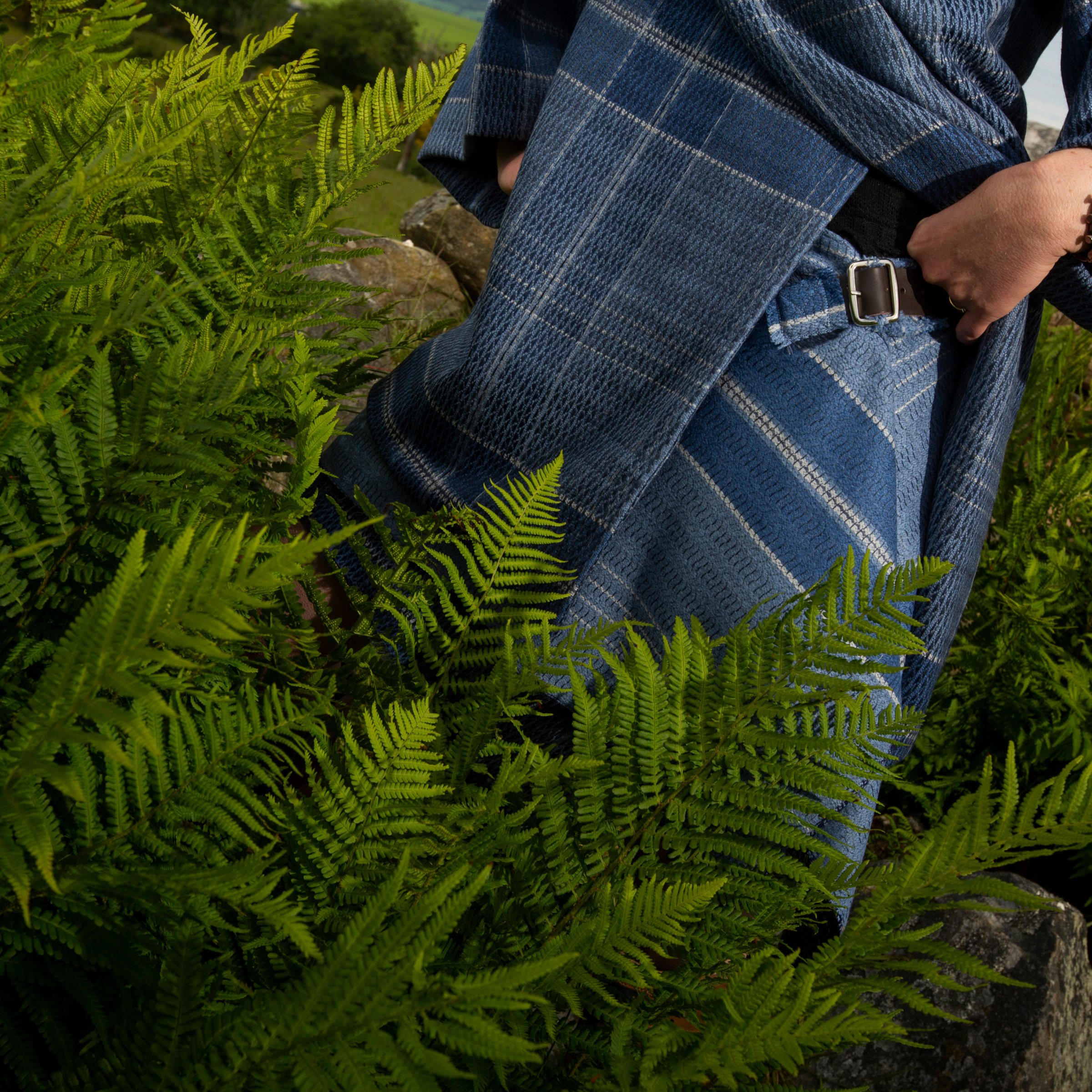
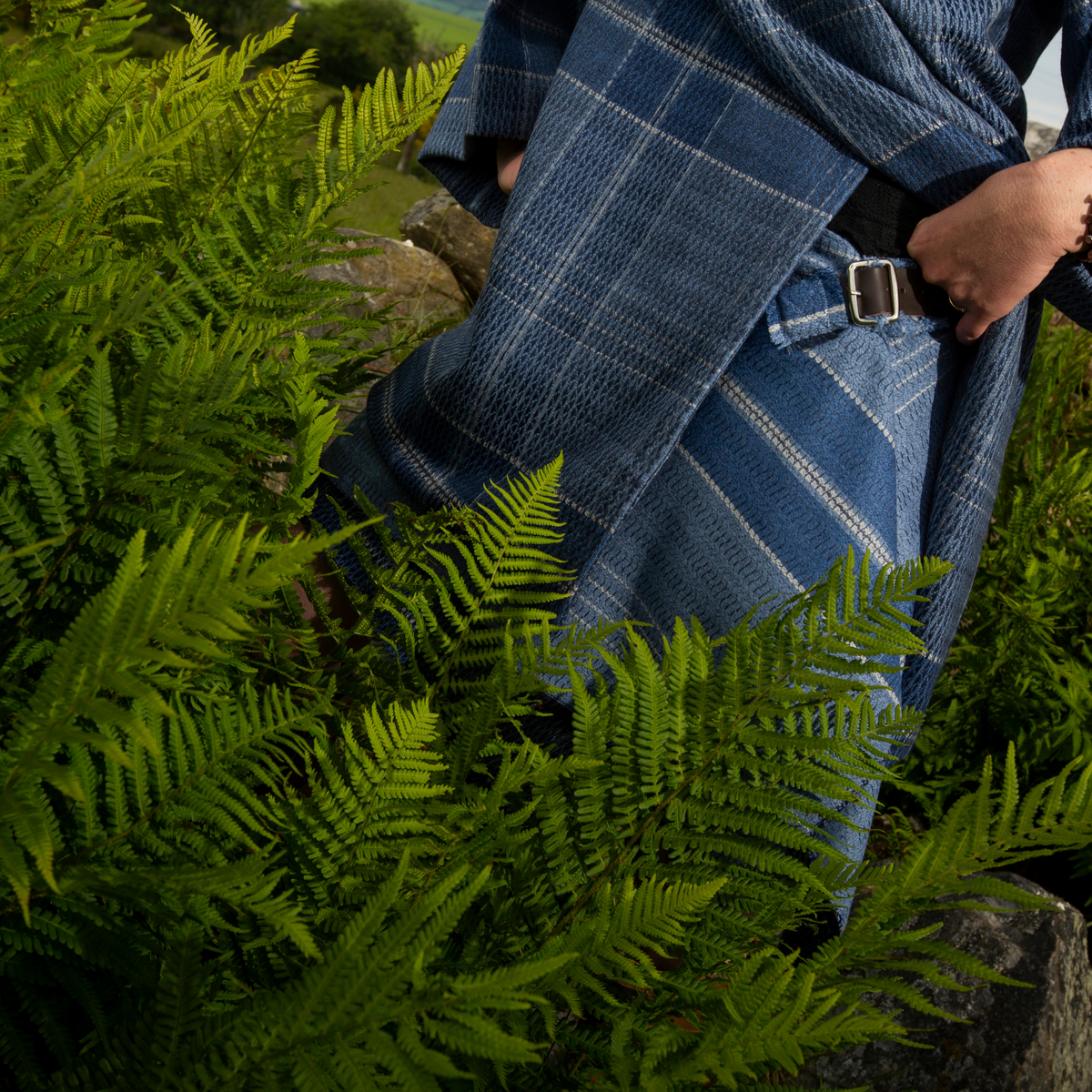
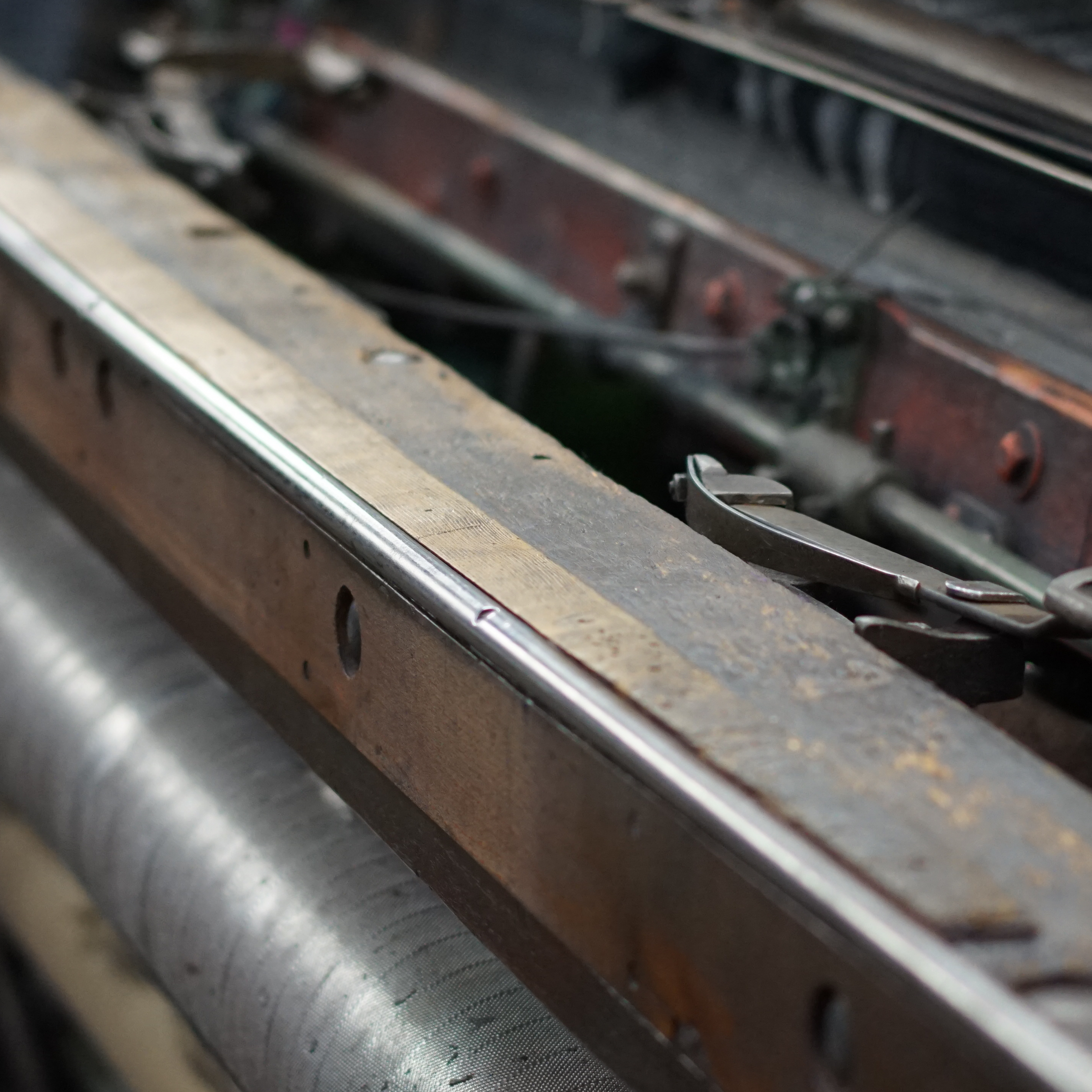
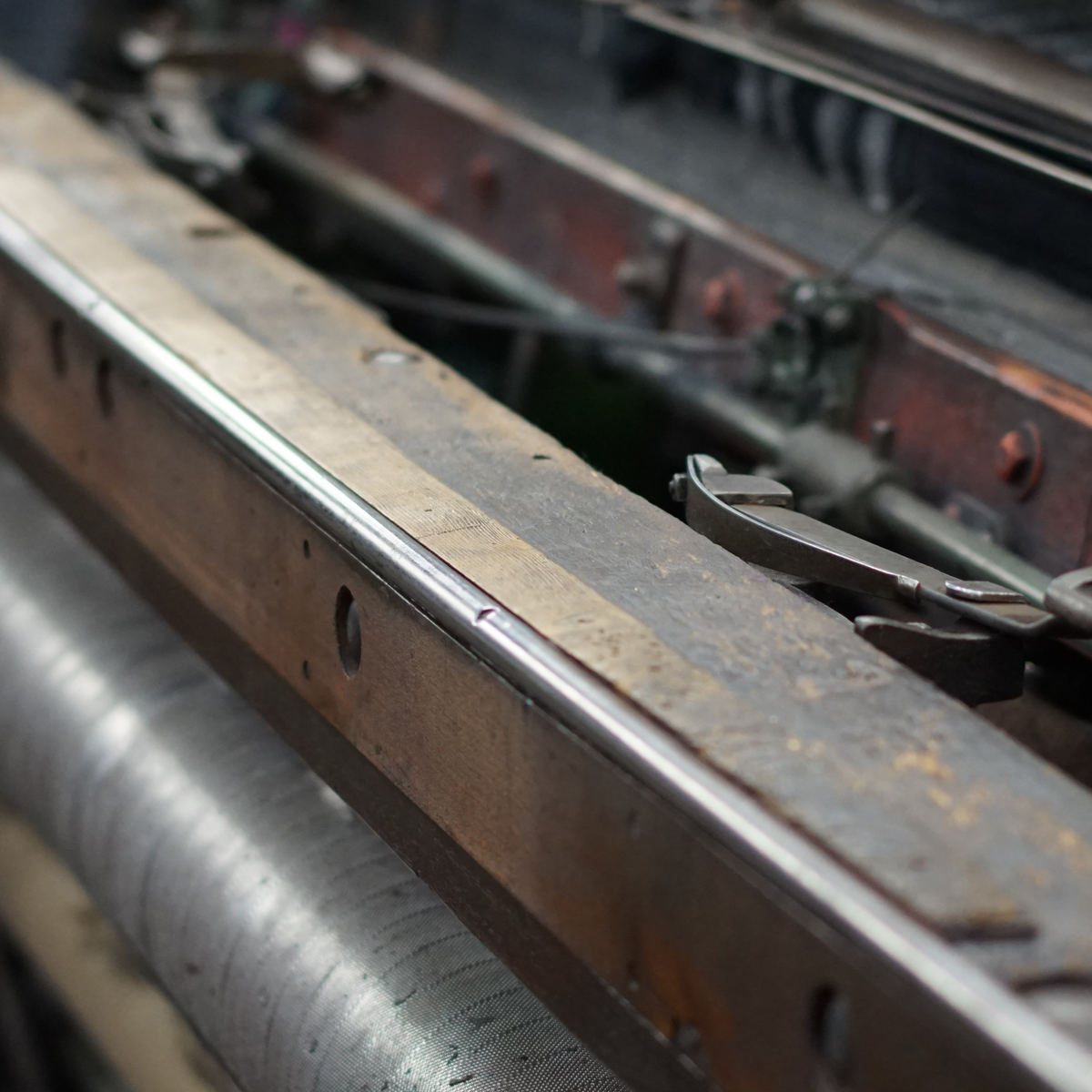

To be a truly sustainable and accountable clothing maker we need to be transparent about everything, and you are 100% looking for that - we are on the case! We want to share all about our supply chain, our place of work, our methods, and what it takes to make everything you buy from us. We know you are not just buying something when you add to cart, you are saying that you are 100% behind the who, what, why and where. You want to wear your values.
By sharing this level of transparency with you, we hope it makes other brands and businesses think about being more up front about their practices. We also hope it makes other customers think twice when it's not shown. We say it's time to air the dirty laundry that sits inside 'fashion'. Share this page with your pals, see what they say?
We have this little saying at our mill, if don't know (who, why, what and where) then maybe don't buy.... As you are reading this page we know you are a bad-ass, give a shit womxn, we are feeling the high-5 from you! We are on the same page!
What processes do we do at the Mill?
Why use words when we can use pictures, as of March 2022 this is what we do at our give a sh#t HQ mill, all under one roof. We source natural fibre yarns and we send out naturally bad-ass clothes! We do not recycle fabrics or end of life clothes yet, but we feel amazing in that what we do send out can be part of a truly sustainable loop!

Is Ethically Made Clothing More Expensive?
Maybe a good place to start is defining what is expensive? Or is it that most things are too cheap with a hidden cost that perhaps is not shown in your bank as a withdrawal but is withdrawing on the lives of people and the planet itself. Something else to think about is, how many items are we buying versus how many we actually need? Often we spend more annually on cheaper items and because they are low value we seem to write them off with little thought, but when you add that up, boom! You have spent ££££'s on cheap clothes that you might not even wear.... See where we are going with this, an ethical mindset saves you money, the planet and people.
To understand the price gap between making clothes like we do versus 'fast fashion' or even 'luxury' reveals it all, it's the ultimate transparency. The two main aspects are being clear about the costs involved in making the clothes and the mark-ups that are applied.

The True Cost of our Clothes
Here is an example of the price breakdown for our Limited Edition Washed Wool Jacket £255 (March-2022)
Fabric Cost £76.13
Labour To Make £43.00
QC, Labelling & Packing £7.50
Overheads £18.99
Total Cost To Company £145.62
Ethical Pay It Forward Mark Up x 0.75 £109.38
In the above example our mark up is 0.75 of total operational costs to the company. Our Ethical Pay It Forward Mark Up allows us to create time and resources to carry out actions. Actions to accelerate research and development in the use of natural fibres for a circular economy, actions to challenge government and policy makers when they don't walk their talk on all things people and planet. It allows us to make donations all year long, both requested by our loyal rebel customers but also as the global community needs arise, and sadly we have seen many of these over these short years.
The components explained;
What about FREE Shipping?
Free shipping is not free, as you cannot ship anything without some sort of cost. But the big question is, who should pay for it? For us orders over a certain value gives us an ethical mark-up that we have chosen to reduce even more by off setting the shipping cost. Typically the average cost for us to ship garments worldwide comes in at £35-£40. We will cover this cost when we know our mark-up helps us out. It's our way of saying to those who support us at that level, thank you! It does mean sadly that for all orders under a certain value we cannot offer free shipping. This is because the mark-up value gets smaller but the shipping cost stays the same.
What are Mark-ups and how do we compare to the 'industry'?
You might not know this, and we didn't even think about this before we started Prickly Thistle, but most clothing brands can have mark-ups on cost that are closer to x4 than our average of x0.75. Most brands add a mark-up of x2 to the wholesalers price but some luxury brands have an even higher mark-up. The wholesaler of course could have added a x2 before that to their price for the retailer. Now you can see why these brands still have big sales and still make big profits.
Using the Jacket example above this is what it would cost to customers;
Cost to Make £145.62
Wholesaler adds mark-up of x2 for Retailer £291.24
Retailer adds mark-up of x2 for Customer £582.48
You would pay RRP £585
The profit on this Jacket is £436.86, split as follows
Wholesaler £145.62
Retailer £291.24
When you buy direct from our mill, the profit is £109.38 and that goes to us, the makers of the fabric and the clothing, to keep being bad-ass with the mission!

Have you ever thought of Cost Per Wear or Girl Maths?
Another way of looking at this is also thinking about the concept of Cost Per Wear (CPW)
CPW is a calculation where you take the price you paid for the garment and divide it by the number of times you wear it.
So the more you wear your garment the more money you save, and if you think about buying high-quality, long-lasting clothes that yes will be more expensive initially, because you will wear them for years they become such good value for money.
This CPW concept is not something fast fashion brands or indeed even luxury brands who want you to buy lots from will talk about. They just want you to buy as much as possible.
Take our Jacket example again, if you wore that jacket for 90 days a year for the next 5 years, the CPW would be;
£255 / 90days / 5years = CPW 57p AMAZING!!!
Yeah you read right, that is 57p per wear, and if you wear it more for longer then it costs even less. Compare that to maybe a jacket you might have bought in the past for £50. You wear it 6 times a year and after a year you think I didn't really love that jacket so I will give it to charity. The CPW is £50 / 6days = CPW £8.33. Yip, buying loved clothes saves you money!

What is the Circular Cost?
To be honest this is something that is really difficult to put a number on, we would be making it up if we even tried. But we do try to always think about the cost to the planet once our garments leave the mill. Who has to deal with them if they are not being worn anymore, say they do end up in landfill, which would be super sad we know. Right now, globally only 1% of all textiles are recycled, it can only go up, but until then we feel good knowing that if the worse case scenario arose then our 100% natural fibre garments will decompose and go back into the land. Those proteins that make up wool will break down and become compost in nature. Unlike petrochemical fabrics and garments they go nowhere, they are just like a plastic bag emitting micro plastics over hundreds of years.
Another cool circular thing we have going on is, all of our clothes are made to be easily deconstructed and when you do that you have usable squares and rectangles to repurpose and make into whatever you want!

Where did it all begin, the why then, the why now and the future of why not?
